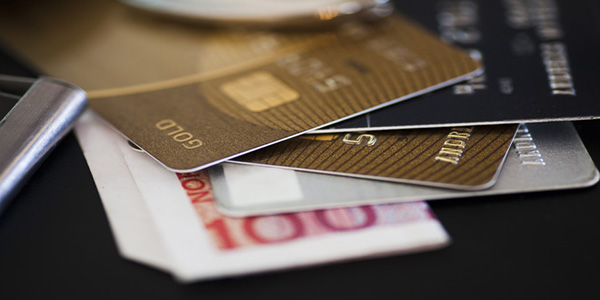Over the past couple of months I’ve had the pleasure of speaking with many AP professionals at solution provider user conferences, industry trade shows, and via inbound inquiries to Ardent Partners. One thing has become apparent from these conversations, not everyone knows about and understands exactly what Virtual Cards (V-cards) are and how they work. Commercial credit cards, on the other hand, are known by all and are easily recognizable in the business world. Purchasing cards, commonly known as p-cards, have existed since the 1980s, and corporate travel cards have been in use since 1936.
One of the newest additions to the commercial card family—the virtual payment card—first appeared on the scene around 15 years ago in 2005. The very name of the product, “virtual,” connotes something that exists only in the form of bits and bytes on a computer system. The words “payment card” evoke the image of a plastic credit card that you keep in a wallet to use for business purchases: corporate cards for travel, p-cards for office supplies, and fleet cards for fuel, for example. What then exactly is a virtual payment card?
A Garden Variety Credit Card?
Well, almost. Virtual payment cards, sometimes called controlled payment numbers or virtual account numbers, are linked to a charge account, but there’s no physical card that can access the chargeable funds. Instead, a unique 16-digit number is generated and inserted as a layer of security between the enterprise’s charge account and the supplier.
This 16-digit card number acts as a “token” of sorts. The supplier receives the virtual account number, charges the account, and payment is made like any other commercial card product. Settlement is conducted through the same card networks—VISA, MasterCard, or American Express—and the buying organization’s card account is charged for the payment. In this way, a virtual card operates precisely as a “card-not-present” transaction in the supplier’s system.
Unlike most commercial cards, however, virtual account numbers can be made to expire after a single transaction, after a set period of time, or even a pre-set spending limit. Once the virtual account number is used with a specific supplier, or a specific transaction, it expires and cannot be used again. This can help make enterprise funds more secure, minimizes credit risk, and reduces the opportunity for fraudulent payments.
Virtual Payment Card Types
There are, in general, three different types of virtual payment card. Each type has different characteristics, but they all share the same basic traits described in the previous section. The three types of virtual payment cards are as follows:
- Dynamic credit adjustment accounts are, like the name says, dynamic accounts that can be assigned to trusted suppliers. The dynamic part comes into the equation because suppliers have permanent access to the account, but can’t authorize payment until notification is received that the account limit has been raised to the payment amount. The primary benefit to this type of account is that suppliers don’t need to look up the account number every time—they already have it on file.
- Single-use accounts are created on a per-payment basis, instead of a per-supplier one. Single-use accounts feature the ability to lock down the supplier, amount, and timeframe as well. Like the name implies, these are one-time-use accounts where the supplier must log into a portal to access the unique card number that allows the supplier to receive payment. BBVA, Comdata, MasterCard, and American Express are a few solution providers that offer single-use virtual cards.
- Buyer-initiated payments allow for the buying organization to “push” payment out to the supplier’s bank account, as opposed to the supplier charging the buyer’s account. The supplier doesn’t have to do any processing with these types of accounts, which results in greater control on the buyer’s side of the process.
Challenges of Virtual Cards
With all this talk of increased security and the ability to control spending down to the penny, it’s easy to imagine that virtual cards are a home run. Virtual cards can easily work well in card-not-present transactions where the enterprise is paying an invoice or buying basic indirect supplies online. Obviously, business travelers can’t use them for hotel reservations or rental cars; the virtual card doesn’t physically exist, and as such the merchant wouldn’t be able to match the virtual card number to a physical card.
Virtual cards are also still commercial credit cards, and possess the same negative for your suppliers of needing to pay the interchange fee to card issuers and card networks. As a result of this, some suppliers that don’t already accept credit cards may not be particularly keen to accept virtual cards.
Final Thoughts
The introduction of virtual card technology was an evolutionary step for the commercial card industry. Ever since Arcot Systems received the first patent for one-time use credit card numbers in 2005, virtual cards have offered reduced fraud, improved security measures and tighter control over commercial card spend. For many in AP and Finance, you already knew all about v-cards, but for those of you who didn’t, hopefully, this column has helped provide you with a solid background so the next time someone mentions them, you will know exactly what they are talking about and how they can be used in an organization.








Comments are closed.